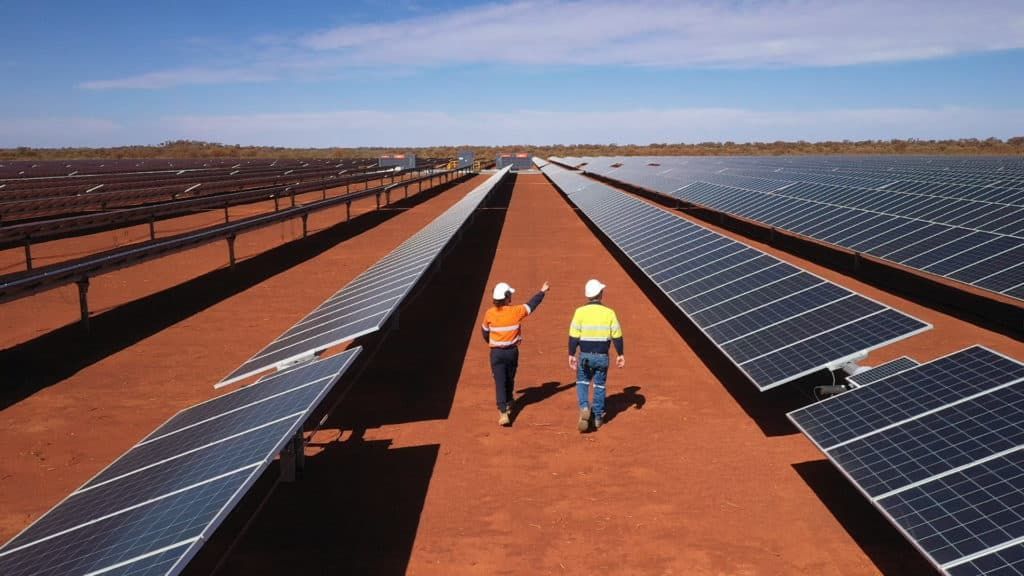FROM GASLIGHT TO GREEN LIGHT
The Changing Landscape of Power Generation
FROM GASLIGHT TO GREEN LIGHT: THE CHANGING LANDSCAPE OF POWER GENERATION
Remember the flickering gas lamps of Charles Dickens' novels? Those were once the cutting-edge technology for illuminating our cities! Today, with a flick of a switch, we have instant access to electricity, powering everything from our homes to our smartphones. But how did we get here? Let's take a fun fact-filled journey through the evolution of power generation!

The Early Days: Illuminating the Night with Gaslight (1800s)
THE BEGINNING
Believe it or not, gas streetlights were all the rage in the early 1800s! Coal gas, produced by heating coal in the absence of air, provided a brighter and more consistent light source than flickering candles or oil lamps. However, these gaslights weren't exactly eco-friendly. They produced harmful emissions and required a complex network of pipes to distribute the gas.
The Spark of Change: The Rise of Power Plants (Late 1800s)
INNOVATION
The invention of the light bulb in 1879 by Thomas Edison marked a turning point. Suddenly, the demand for electricity soared. The first power plants were powered by coal, harnessing the energy released when coal is burned to create steam, which then spins turbines to generate electricity. While this was a significant leap forward, coal-fired power plants also produced significant air and water pollution.
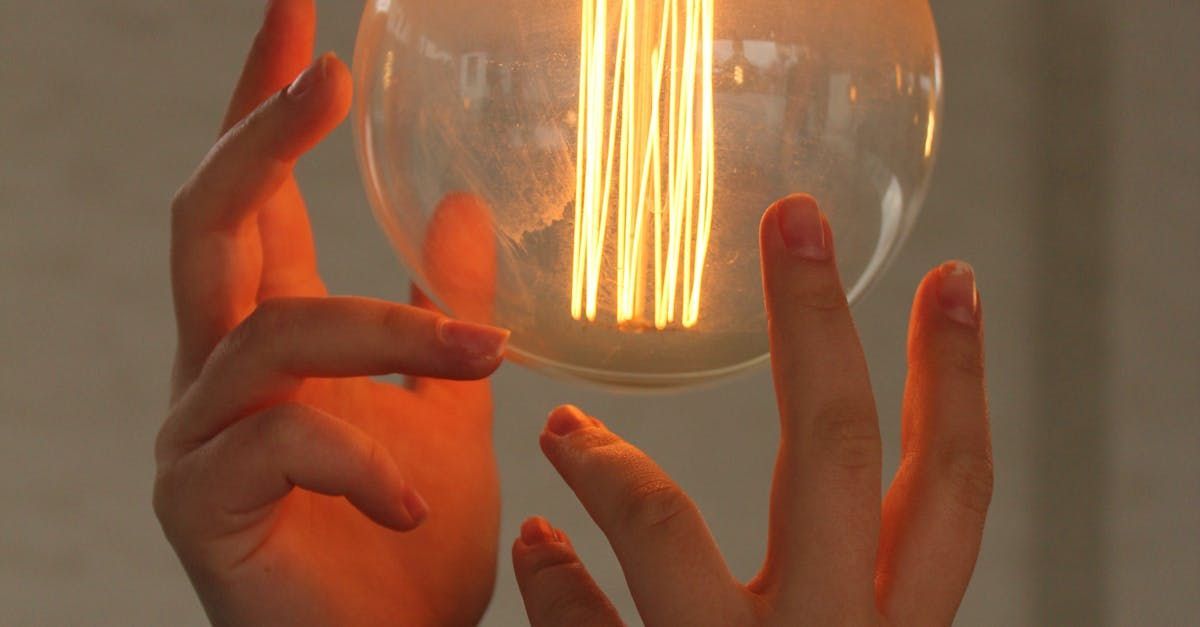
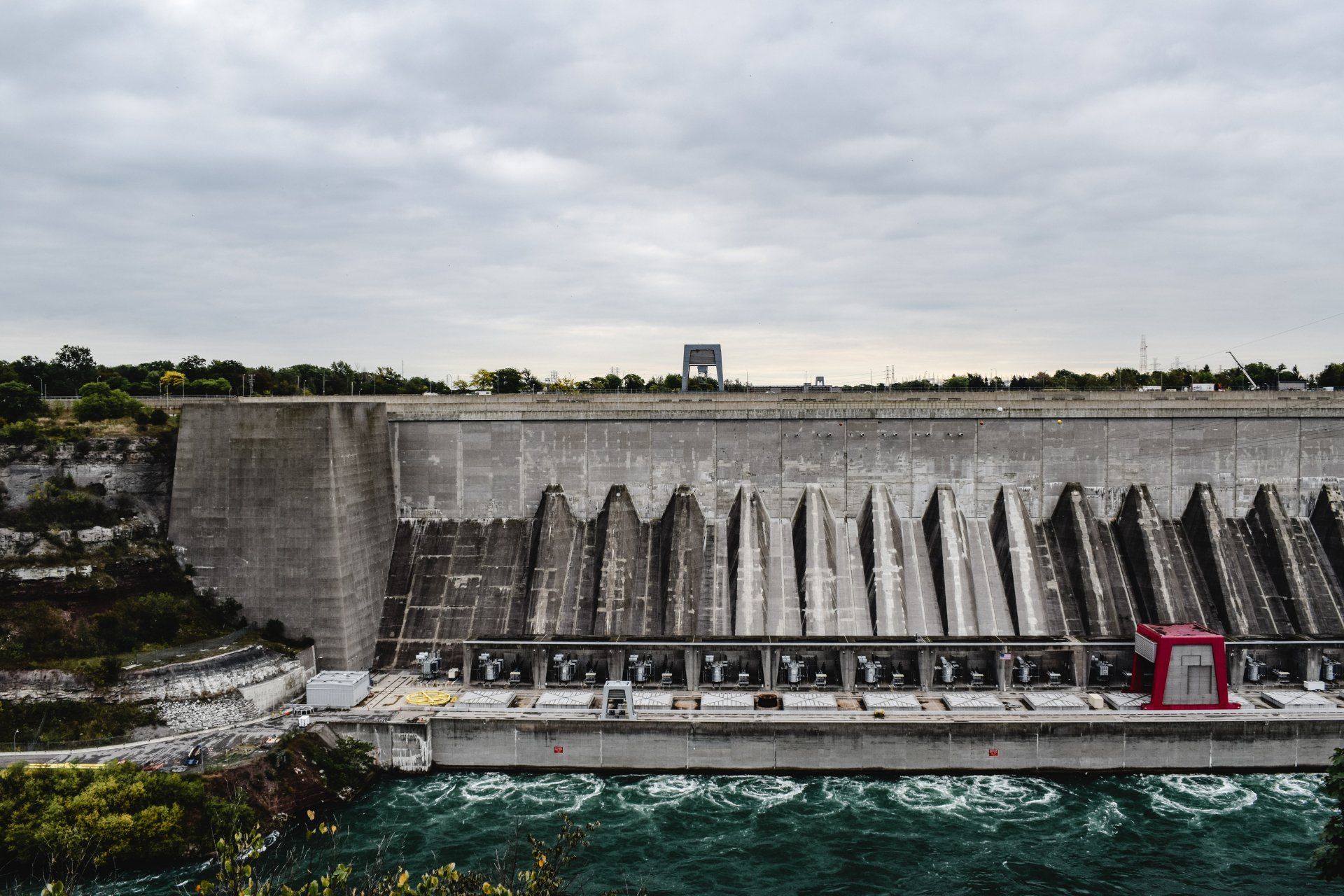
Hydropower Takes Center Stage: Harnessing the Power of Nature (Early 1900s)
ENGINEERING
As the 20th century dawned, engineers started harnessing the power of moving water. Hydropower plants use dams or turbines to convert the energy of flowing water into electricity. This renewable resource offered a cleaner alternative to coal, although building dams can have environmental impacts on river ecosystems.
Nuclear Power: A Controversial Source (Mid-1900s)
PROGRESS & ADVANCEMENT
Nuclear power emerged in the mid-20th century, promising a virtually limitless source of energy. Nuclear fission, the splitting of atoms, releases tremendous amounts of heat, which can be used to generate electricity. However, concerns about nuclear waste disposal and the risk of accidents have made nuclear power a controversial topic.
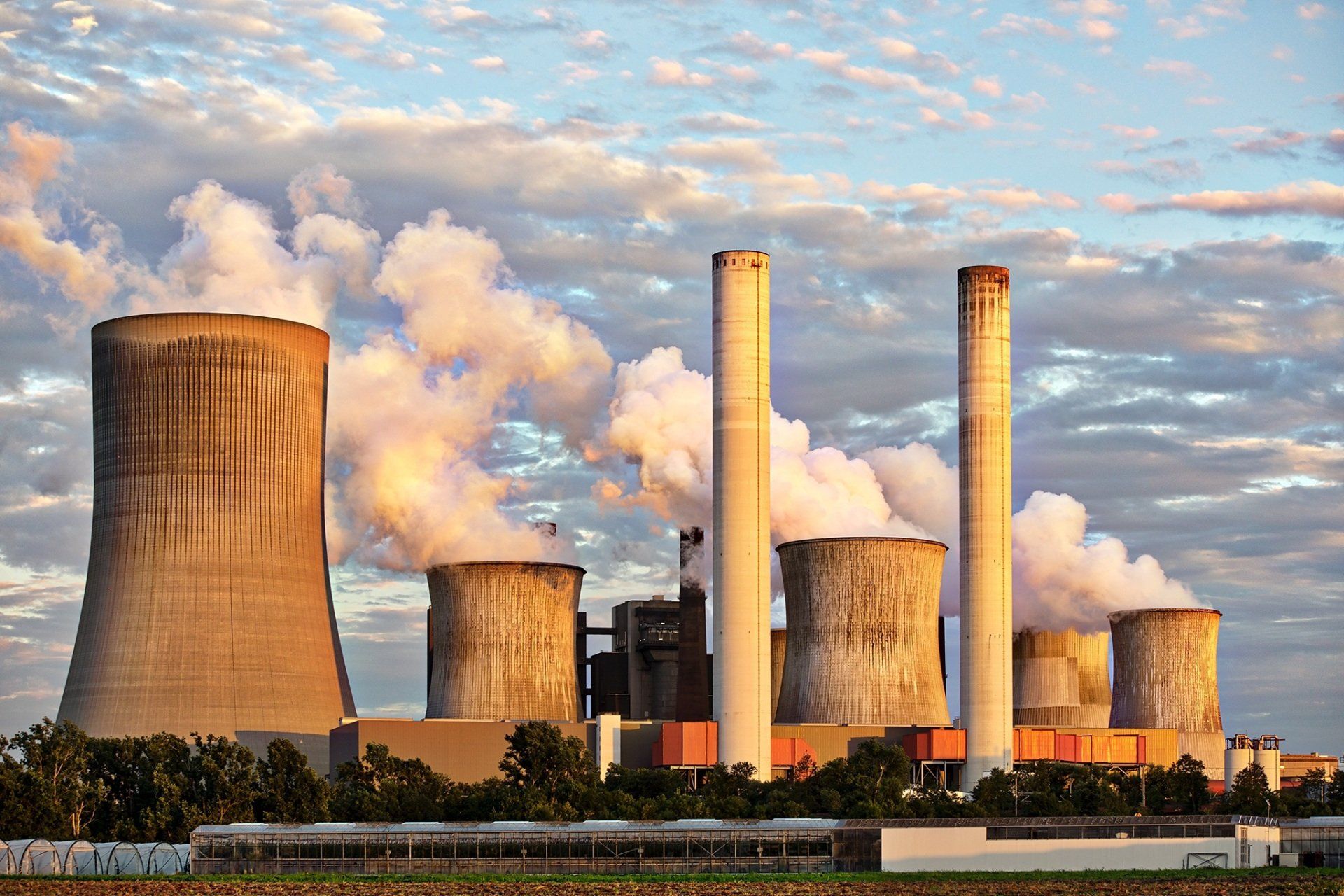
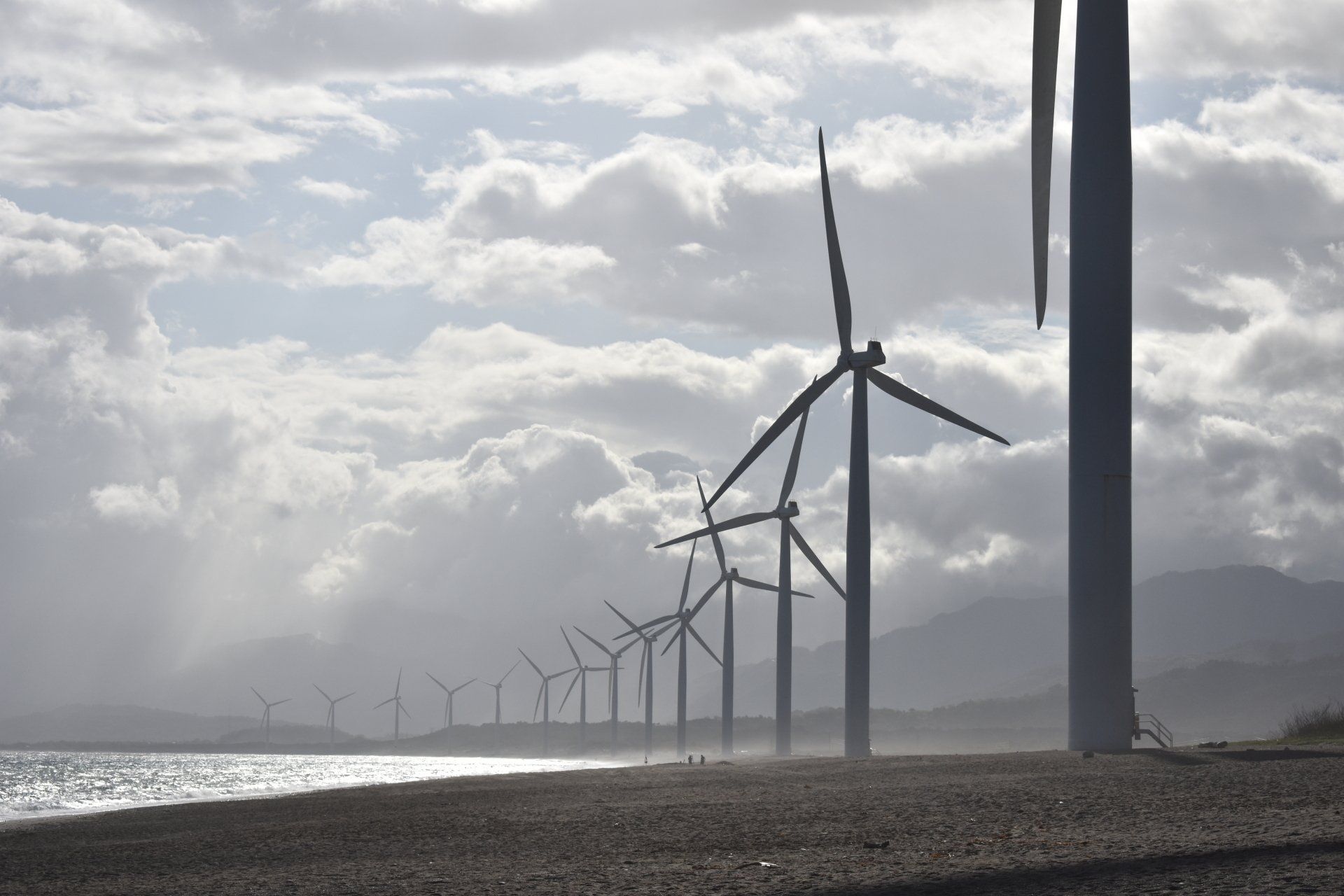
The Rise of Renewables: Solar, Wind, and Beyond (Late 1900s - Present)
MODERN ENGINEERING
The latter half of the 20th century saw a growing focus on renewable energy sources. Solar panels convert sunlight directly into electricity, while wind turbines harness the power of the wind to generate electricity. These clean energy sources are becoming increasingly efficient and cost-competitive, offering a brighter future for our planet.
Energy Engineering
Electrical Engineering
Solar Engineering
Benefits of Renewable Energy
ENVIRONMENTAL BENEFITS
Renewable energy sources like solar and wind power don't produce harmful greenhouse gasses or air pollution unlike fossil fuels. This helps combat climate change and creates a cleaner, healthier environment for everyone.
SUSTAINABILITY
Unlike resources like coal or oil, renewable energy sources like sunlight and wind are constantly replenished. This ensures a reliable source of energy for generations to come, without depleting finite resources.
ENERGY INDEPENDENCE
Renewable energy sources allow us to generate power domestically, reducing dependence on foreign oil. This strengthens national security and gives us more control over our energy needs.
COST EFFECTIVENESS
The cost of generating renewable energy is constantly declining. This makes solar panels, wind turbines, and other renewable technologies a more affordable and attractive option for homes and businesses alike, leading to long-term cost savings.

Energy Infrastructure Solutions (EIS): Building a Brighter Future
The Road Ahead: A Sustainable Future with Engineering
Today, we face the challenge of balancing energy needs with environmental responsibility. The future of power generation likely lies in a mix of sources, including renewables like solar and wind, along with cleaner-burning natural gas and potentially even advanced nuclear technologies.
At EIS, we're committed to being part of the solution. We offer a comprehensive range of services to support the responsible development and integration of all forms of power generation. From reliable transformers to cutting-edge solar solutions, we're helping to build a more sustainable and efficient power grid for the future.


